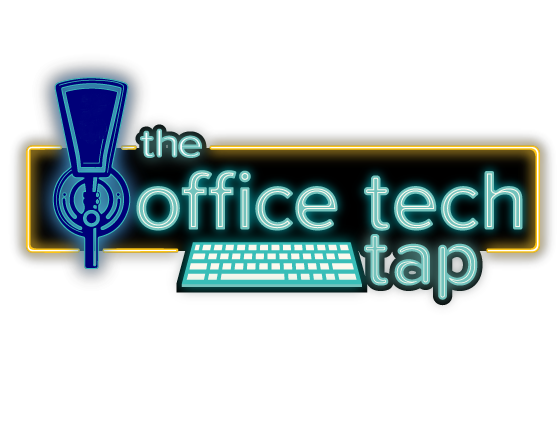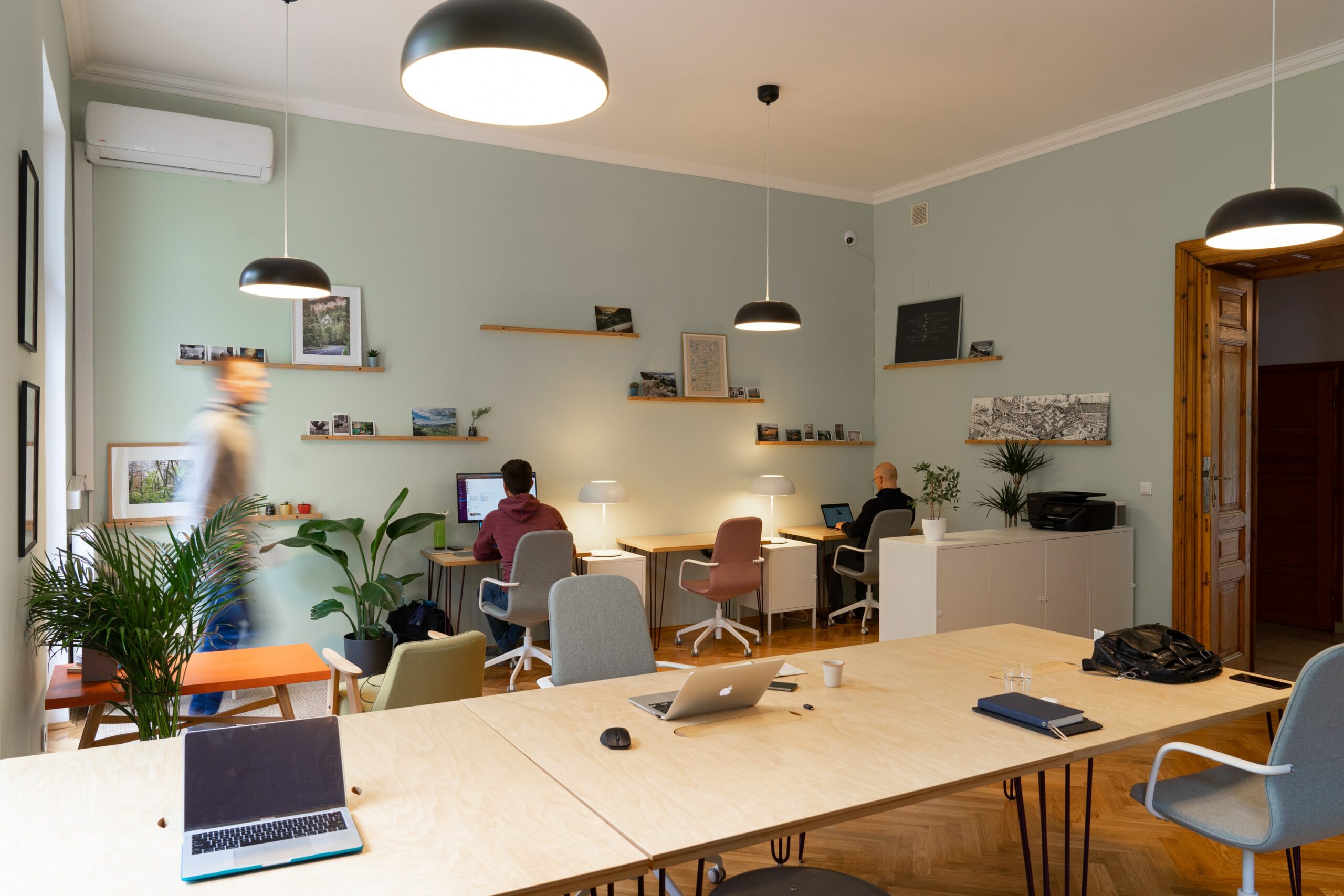Deep Dive – A Tale of Two Worlds: The Hybrid Work Model and Its Impact on the Copier Industry🖨️🤝

Charting the Future of Office Print: Insights from Robert Palmer’s Exploration of the Hybrid Work Model
Disclaimer
The following narrative is generated based on a portion of a presentation by Robert Palmer, Research Vice President with IDC, during a show hosted by the Managed Print Services Association (MPSA). The presentation, titled “Print and the Future of Work,” explores the impact of the hybrid work model on the print and copier industry.
Introduction
In a rapidly evolving work landscape, understanding the nuances of change is crucial for any business, especially for those in the copier industry. Enter Robert Palmer, a seasoned analyst who has been dissecting market trends and providing actionable insights for years. His voice is amplified by platforms like the Managed Print Services Association (MPSA), a pivotal organization that serves as a knowledge hub for the print services community. Together, they bring us “Print and the Future of Work,” a deep dive into how modernization is creating new opportunities and challenges in office print. If you’re a copier dealer owner or a decision-maker, this narrative is tailored just for you, offering a roadmap to navigate the complexities of a hybrid work environment.
The Rise of the Hybrid Work Model
According to Palmer’s research, 45% of companies believe that the hybrid work model is not a temporary trend but a permanent shift in how we work. The pandemic has accelerated the adoption of remote work, and companies are now more open to flexible work arrangements. Interestingly, this doesn’t mean the death of the office. A staggering 85% of companies are still investing in their physical workspaces. The goal is not to choose between remote and in-office work but to find a balance that maximizes productivity and employee satisfaction.
The Investment Paradox
One might wonder why companies are still pouring money into physical offices when nearly half believe that hybrid work is here to stay. The answer lies in the need for a balanced approach. Companies are not just investing in office spaces but are also putting systems in place to support remote work. This dual investment strategy aims to create a seamless work environment, whether an employee is in the office, at home, or in a coffee shop.
Challenges and Implications for the Print and Copier Industry
The transition to a hybrid work model is not without its challenges. Palmer identifies three primary areas of concern: IT support, security, and customer experience.
- IT Support
- The first challenge is providing adequate IT support for remote workers. This extends to managing multiple devices and operating systems. For the print and copier industry, this means adapting to a “print from anywhere to anywhere” ecosystem. Companies must now consider how to integrate their print solutions into a more complex IT landscape that includes both office and remote settings.
- Security
- The second challenge is security. With employees working from various locations, ensuring data security becomes more complicated. This is particularly relevant for the print and copier industry, where sensitive documents are often printed and scanned. Companies must invest in secure print solutions that offer endpoint protection and data encryption, ensuring that documents remain secure, whether printed in the office or remotely.
- Customer Experience
- The third challenge is maintaining a consistent customer experience. In a hybrid work environment, the customer experience must remain uniform, regardless of where the work is being done. For the print and copier industry, this means offering a seamless print experience that is consistent, whether an employee is printing from the office or from a remote location.
The Road Ahead
The hybrid work model presents both opportunities and challenges for the print and copier industry. On one hand, the need for flexible print solutions could drive innovation and open up new markets. On the other hand, the industry must overcome significant challenges in IT support, security, and customer experience to remain relevant in this new work paradigm.
In conclusion, the rise of the hybrid work model is a double-edged sword for the print and copier industry. Companies that can adapt and offer flexible, secure, and consistent print solutions stand to gain the most in this evolving landscape. As Robert Palmer aptly puts it, hybrid work is here to stay, and industries must adapt or risk becoming obsolete.
In the ever-evolving landscape of Managed Print Services, the industry has showcased remarkable adaptability. From the introspective days of 2011 to the current era of digital transformation and cloud integration, MPS has consistently risen to meet the challenges of the times. As businesses navigate the demands of hybrid workplaces and the digital realm, MPS stands as a beacon, illuminating the path forward with innovative solutions and a commitment to excellence. For those keen on staying updated with such transformative insights, delve deeper into content like this at theofficetechtap.com.
Additionally, don’t miss out on the latest trends and updates; subscribe to The Office Tech Tap Newsletter here. Embrace the future with informed choices.
– Greg Walters, Head Writer



